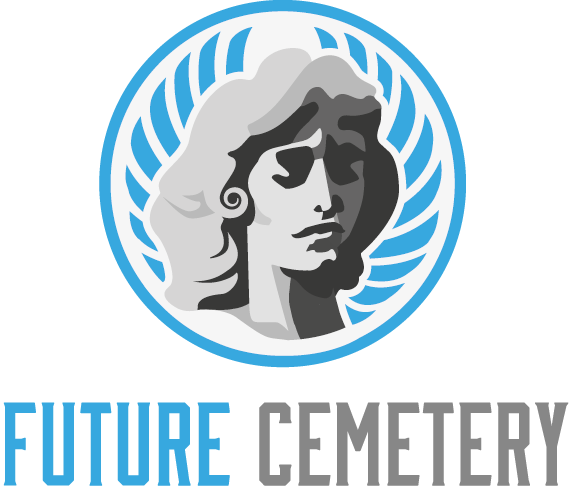Memorial parks offer a peaceful alternative to traditional cemeteries. They use less resources, including wood and concrete, and they do not pollute the environment with toxic embalming fluids.
The park also includes a native Coastal Prairie, which has helped to strengthen the area’s ecosystem. It is home to many endangered species of flora and fauna.
Submariners Monument
Whether in the form of stately monolith, heroic statuary or graven tablet, submariners have been honored for their bravery and sacrifice. In recent times, however, the ability of mankind to extend its intrusion into the seas’ depths has grown ever more sophisticated and powerful.
The result has been the loss of more and more men and women in their dedicated efforts to protect their Nation and its people. In response, there was a call for a new memorial to be created.
A charitable trust was formed to raise funds, plan and install the Submariners Monument in the memorial park. An open competition to find a design for the monument was launched. The result was a striking design from Paul Day. This detailed black granite memorial shows the conning tower of a submarine and the back features a header listing the names of all submarines lost prior to, during and after World War II. It also lists the names of the submariners from each State who lost their lives in that conflict.
Korea Monument
A memorial park offers a peaceful environment for remembrance of loved ones. Unlike traditional cemeteries, which are often crowded with competing headstones, memorial parks feature dignified sculptured bronze markers lying flat on landscaped plots. These beautiful and tranquil spaces serve as a living legacy for families, representing growth, renewal, and continuity.
The Brooklyn Memorial in the Korea Monument pays homage to 366 Brooklynites killed in the Korean War (1950-1953). The plaza originally known as Cadman Plaza was renamed in 1992 by local residents and civic organizations after it was dedicated as a military memorial.
The Korea Monument is located in Washington, DC’s West Potomac Park near the Lincoln Memorial and Reflecting Pool on the National Mall. The memorial includes 19 statues and a granite wall engraved with the names of U.S. military personnel (and South Koreans embedded in American units) who died in the conflict. The names are listed alphabetically by branch of service and rank, from privates first class to general officers.
Gold Star Monument
The monument honors Gold Star Families whose loved ones gave their lives while serving in the United States Armed Forces. It is the first in the nation dedicated solely to those families. It is built by the Woody Williams Foundation, established to carry on the legacy of Medal of Honor recipient Hershel “Woody” Williams. The Foundation encourages the establishment of Gold Star Family Memorial Monuments in communities across the country, conducts outreach programs and provides Living Legacy scholarships for Gold Star spouses and children.
The monument has four “virtue and value spaces,” which represent courage, honor, service and commitment to family. It also includes a living sacrifice space, where police officers who died in the line of duty are honored. Its unique feature is that the concrete used to build it was mixed with sand from Iwo Jima, where Woody’s heroic actions earned him the Medal of Honor. It is also mixed with water from the USS Hershel Williams, Expeditionary Sea Base 4, currently operating in support of special operations worldwide.
Peace Statue
At the heart of the memorial park is a 9-meter-high Peace Statue. It is a monument to Sadako and the children killed by the atomic bomb. In her last dying days, she folded paper cranes and hoped that the world would become peaceful. The oblong monument is topped with a bronze statue of Sadako, her arms raised to the sky and holding a paper crane.
The sculpture was designed by Nagasaki native sculptor Seibou Kitamura. Its right hand points to the sky to warn of the dangers of nuclear weapons, while its left arm symbolizes peace and its eyes are closed in prayer for the souls of the atomic bomb victims. The monument is a source of hope and inspiration for people around the world. Its story inspires discussion of non-violence and the importance of nuclear disarmament. It also encourages the world to participate in peace initiatives, such as folding origami cranes. The paper cranes are sent by well-wishers to both Hiroshima and Nagasaki every year, creating a global movement for peace.
